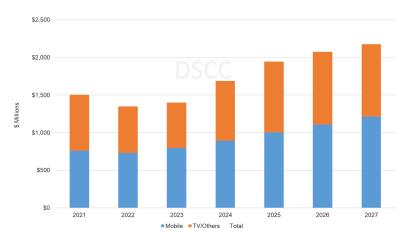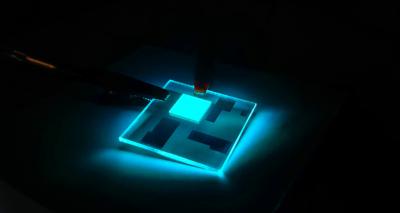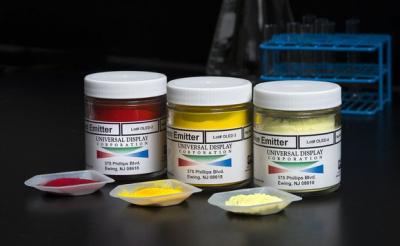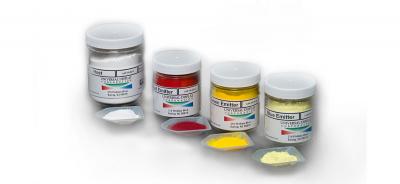OLED materials developer Credoxys completes its second funding round
Germany-based Credoxys has successfully completed its second funding round, led by deep-tech VC LIFTT and Melchers Group. The company says it will use the funds to commercialize its p-dopant technology in both the Korean and Chinese markets. The company already validated some product candidates with industry partners, and these are ready for customer qualification.
Credoxys is focused on developing novel materials for both the p- and n-sides of OLEDs and organic solar cells (OPVs). The company says its newly developed p-dopants surpass current standards by exhibiting extremely low absorption of visible light and low pixel cross-talk. The materials enable the doping of hole transport materials with deep HOMO levels, making them particularly suitable for phosphorescent blue OLEDs.
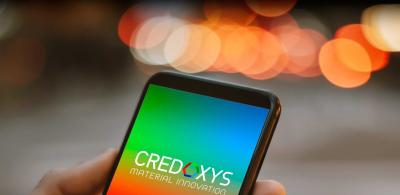
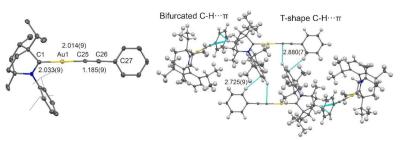
 UDC says it is still on track to introduce its blue phosphorescent emitter into the commercial market in 2024.
UDC says it is still on track to introduce its blue phosphorescent emitter into the commercial market in 2024.